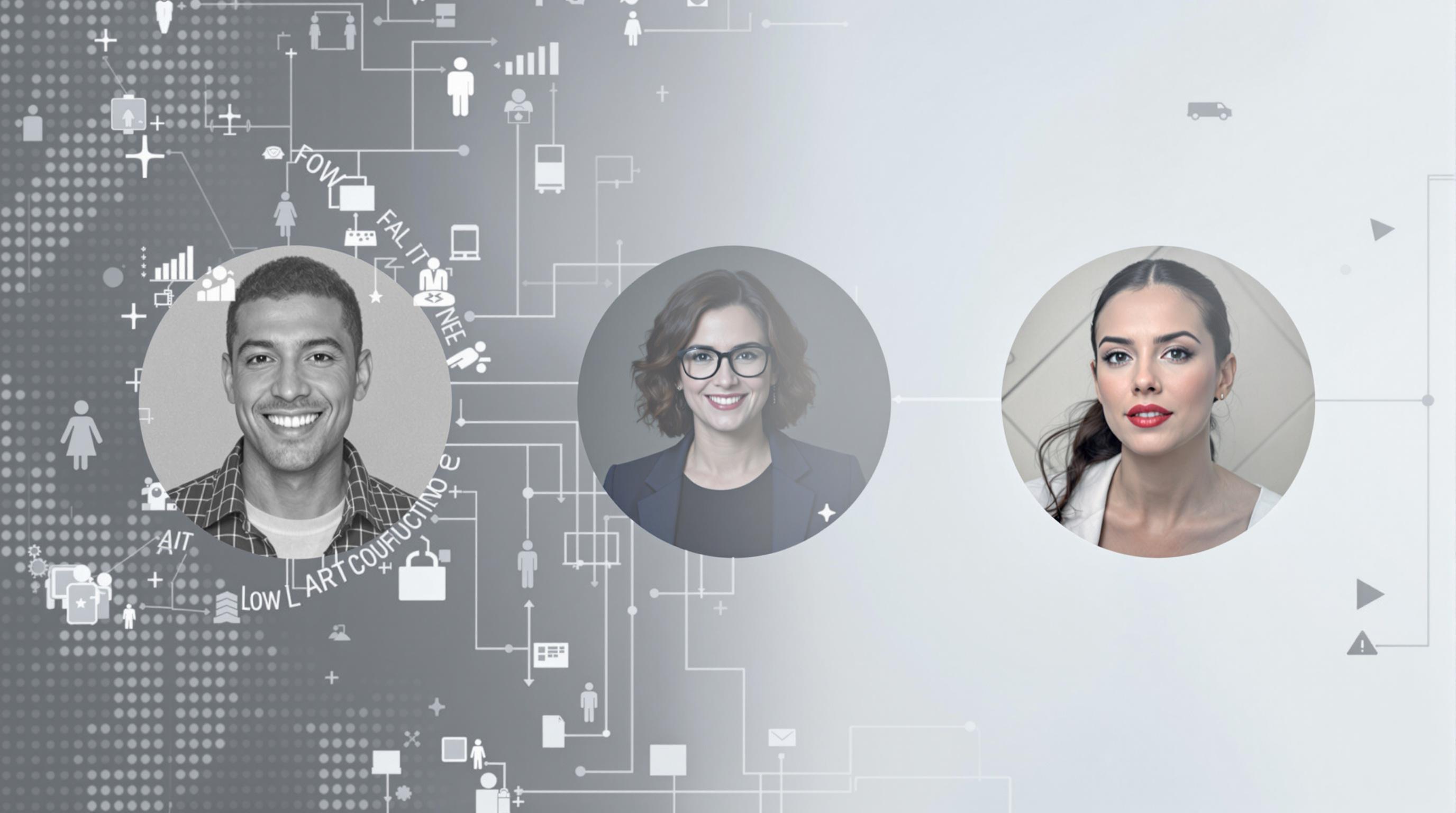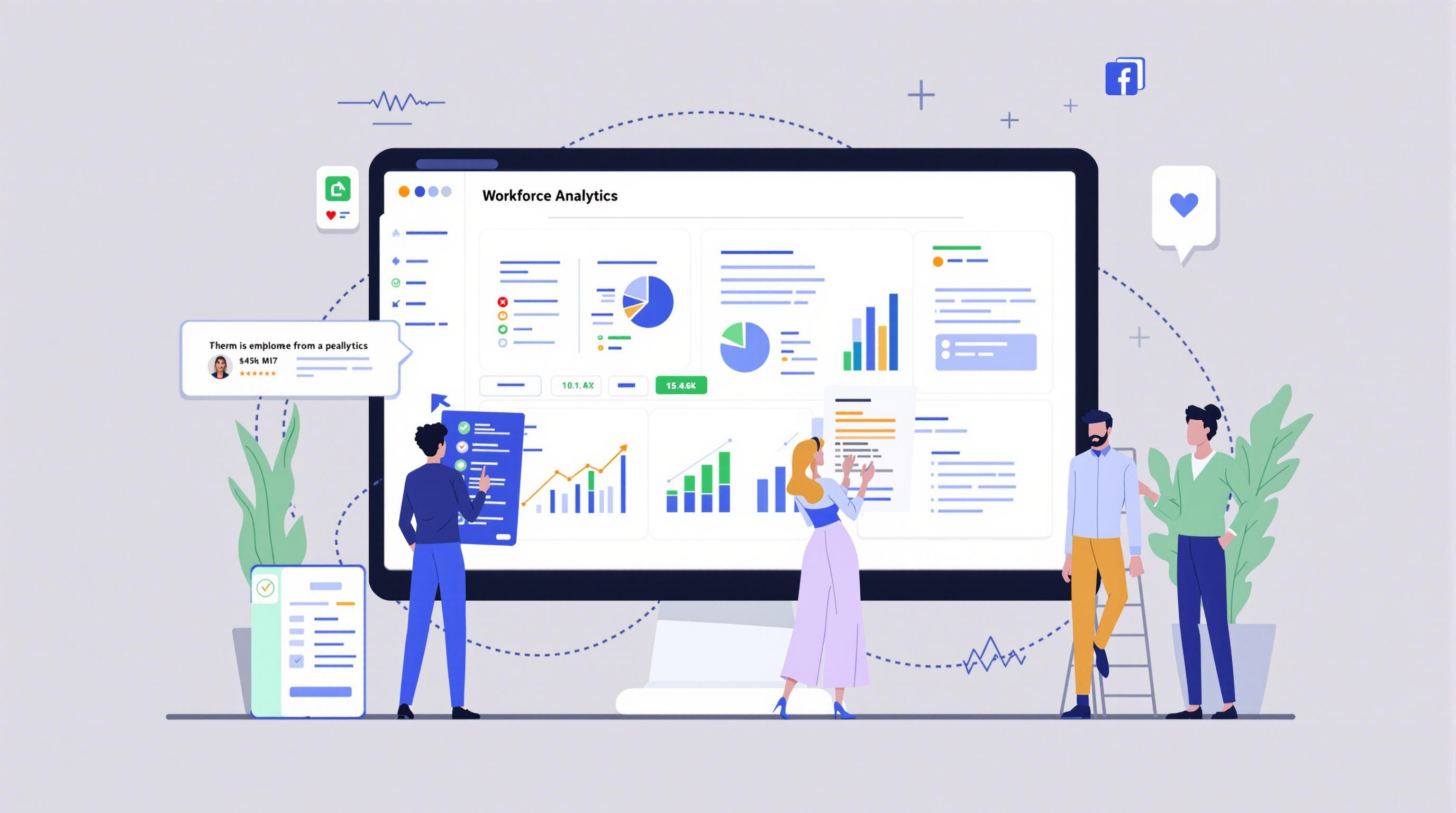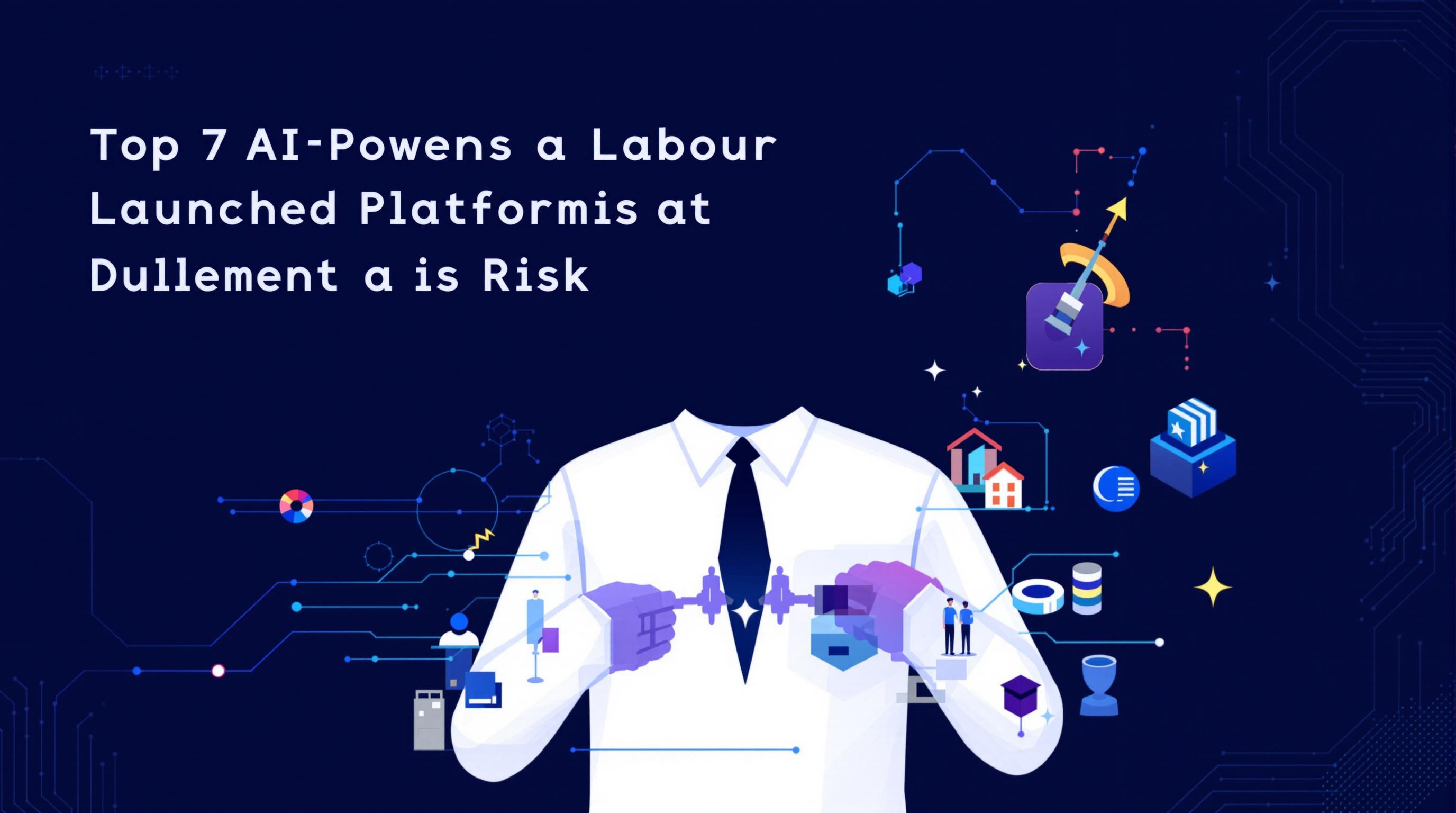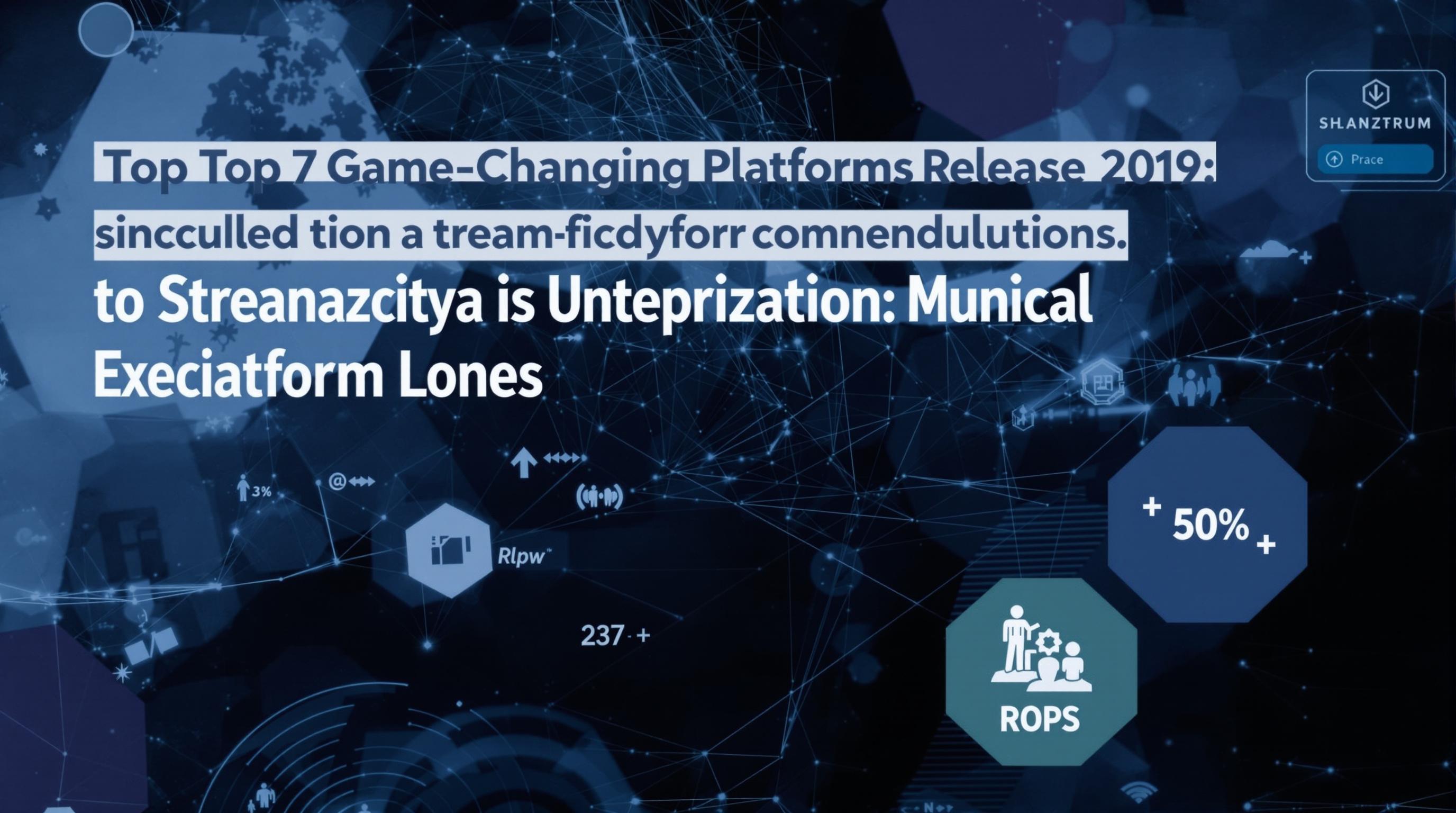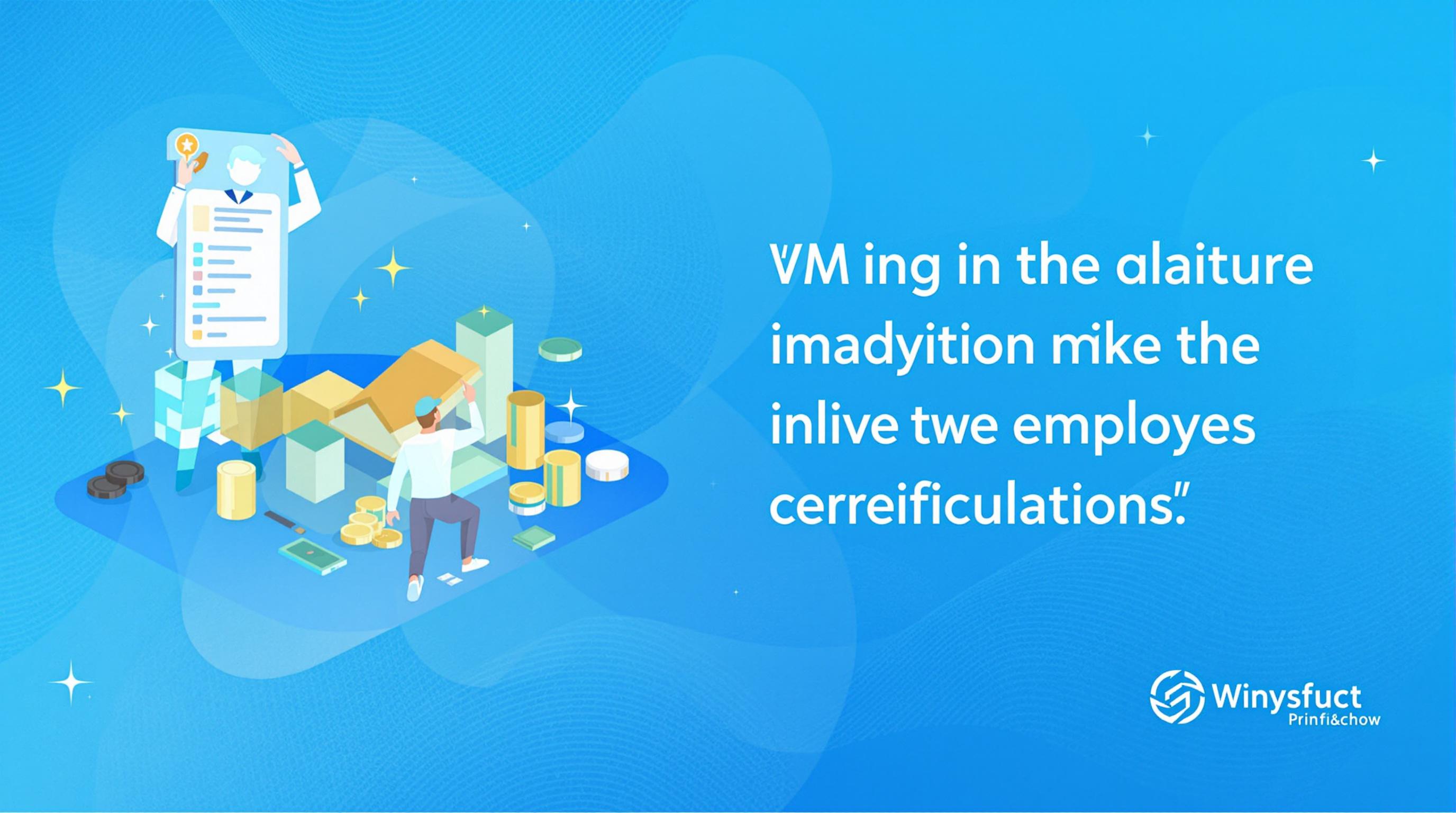Related Articles
- Top 5 Game-Changing Copyright Management Apps from 2019 to 2024 for Modern Creators
- Top 5 Game-Changing Copyright Management Apps Released Since 2019 for Fast, Foolproof Filings
- How Traditional Storytelling Shapes Community Healing in Conflict Settlement Practices Worldwide
- The Role of Ancient Storytelling Traditions in Shaping Modern Conflict Settlement Practices
- The Quiet Shift: How Climate Change Is Secretly Reshaping Liability Standards in Insurance Policies
- The Unseen Impact of Climate Change on Rural Insurance Mandates and Local Risk Assessments
Exploring the Impact of AI Bias on Diverse Workforce Categorization and Its Ripple Effects on Corporate Culture
Exploring the Impact of AI Bias on Diverse Workforce Categorization and Its Ripple Effects on Corporate Culture
Artificial Intelligence (AI) bias in workforce categorization subtly reshapes corporate cultures, often perpetuating inequality and stifling true inclusiveness. This article dives into the nuances of AI’s influence, examining real-world impacts, challenges, and the imperative for systemic change.
The Butterfly Effect of Biased Algorithms on Corporate Culture
Imagine a butterfly flapping its wings in silicon circuits somewhere and triggering a storm of exclusion and misunderstanding across corporate offices worldwide. That's essentially what happens when AI systems, designed to help with workforce categorization, carry unconscious biases.
AI tools are increasingly employed to categorize employees based on variables like performance, skills, and potential for promotion. When bias seeps into these algorithms—often a reflection of historically skewed data—the consequences ripple throughout the company. Research from MIT shows that biased AI can reduce recognition of minority employees by up to 30%, affecting morale and retention (MIT Technology Review, 2022).
Case Study: The Tech Giant That Misclassified Talent
Let’s take the example of a major multinational tech company that recently discovered its AI recruitment tool was systematically disadvantaging women applicants. The tool, trained on a decade of historical hiring data, learned to favor resumes reflecting the previous male-dominated workforce, unintentionally sidelining qualified female candidates.
A whistleblower exposed these flaws, leading to significant public backlash and a company-wide revamp of their AI strategies. What was intended to streamline hiring instead spotlighted deeply embedded cultural biases, forcing executives to confront uncomfortable truths about their internal culture.
From Data to Discrimination: A Slippery Slope
AI systems aren’t inherently biased; they learn from data provided by humans. If the data reflects historical prejudices or incomplete representations of the workforce, the AI is bound to replicate or even exacerbate those biases.
For example, if promotion data disproportionately favors a particular ethnicity or gender due to past human biases, the AI might rank those groups as more deserving, perpetuating the cycle. This phenomenon, called “algorithmic bias,” often escapes notice until its adverse effects manifest in employee dissatisfaction or legal challenges.
What’s at Stake? Why AI Bias Should Matter to You
Whether you’re fresh out of high school or a seasoned executive in your sixties, AI bias subtly shapes workplace experiences and opportunities, often without your realizing it. The diversity and inclusion efforts touted as corporate priorities can be undermined by these opaque systems.
Moreover, research from Deloitte indicates that diverse teams are 80% more likely to innovate and solve complex problems (Forbes, 2019). When AI-driven categorization systems falter, companies not only risk employee disengagement but also significant competitive disadvantages.
Conversational Interlude: A Chat About AI Bias Over Coffee
"So, you’re telling me these fancy AI systems might actually be a bit… racist? Unfair?” my colleague asked last week.
“Exactly,” I replied. “If the algorithms learn from biased data, they can end up favoring some groups over others — without anyone noticing for years.”
Our office chat highlighted a common misconception: many trust AI to be neutral, when in reality, human biases often sneak in unnoticed. This casual dialogue underscores the importance of transparency and education around these issues.
Strategies to Combat AI Bias in Workforce Categorization
How can companies fight back? First, they need to understand their data and actively audit AI outcomes for patterns of exclusion. Diverse development teams are crucial; when those building algorithms come from various backgrounds, the chances of bias slipping through decrease.
Microsoft’s AI Ethics Board, for example, was created to oversee bias audits and implement corrective measures. They also employ “counterfactual fairness” testing — a technique that asks, “Would this decision be the same if an employee’s ethnicity or gender were different?”
Additionally, transparent AI “explainability” helps employees and executives alike to understand how decisions are made, building trust and fostering accountability.
The Broader Social Implications
The impact extends beyond individual companies. When AI bias influences workforce categorization on a systemic level, it reinforces societal inequalities and hampers economic mobility. Imagine entire sectors underrepresenting certain groups because their AI filters weed them out early on.
This can lead to a homogenous corporate elite, limiting perspectives and reinforcing stereotypes. According to a 2021 Pew Research study, 57% of minority workers felt their career opportunities were hindered by bias in workplace technologies. The consequence? Widening wage gaps and reduced social cohesion.
Humor Break: If AI Ran the Office
Picture this: an AI bot, tired of sifting through resumes, decides to “optimize” the office coffee order by only selecting one flavor—just to “streamline diversity.” The result? Outcry from everyone except the bot’s creators, who programmed it with human preferences. Sometimes, laughing at these ridiculous hypotheticals can reveal the absurdity of blind trust in AI.
Storytelling: Maria’s Journey Through an AI-Driven Workplace
Maria, a talented software developer, noticed her annual reviews increasingly misrepresented her contributions. Reports generated by her company’s AI system ranked her lower than peers despite glowing supervisor feedback. Feeling frustrated, she began gathering evidence and speaking to HR.
Eventually, an internal audit found the AI was skewed against employees with non-traditional backgrounds like Maria, whose prior job titles didn't match ‘standard’ career paths in the data. The company revised its criteria, but Maria’s story is a cautionary tale about the human cost of unchecked AI bias.
The Call to Action: Building a Bias-Resistant AI Future
We can’t afford to treat AI as magic black boxes. Companies, regulators, and employees must collaborate to ensure AI respects diversity. Implementing regular bias audits, engaging third-party reviewers, and fostering inclusive tech development are critical first steps.
From students entering the workforce to veterans transitioning careers, everyone has a stake in equitable AI tools. As consumer expectations for ethical AI rise alongside regulatory scrutiny, ignoring these issues is not an option anymore.
Conclusion: An Evolving Narrative
The intersection of AI bias and workforce categorization is a dynamic landscape, fraught with complexity but brimming with opportunity. As we journey forward, the goal is clear: harness AI’s power while safeguarding humanity’s diversity and dignity.
It requires not only technological fixes but a cultural shift—valuing transparency, accountability, and continuous learning. Only then can we truly build corporate cultures where everyone has an equal chance to thrive.
References:
MIT Technology Review. (2022). How AI bias damages workplace equality.
Forbes. (2019). The business case for diversity in the workplace.
Pew Research Center. (2021). Minority perspectives on workplace technology.
